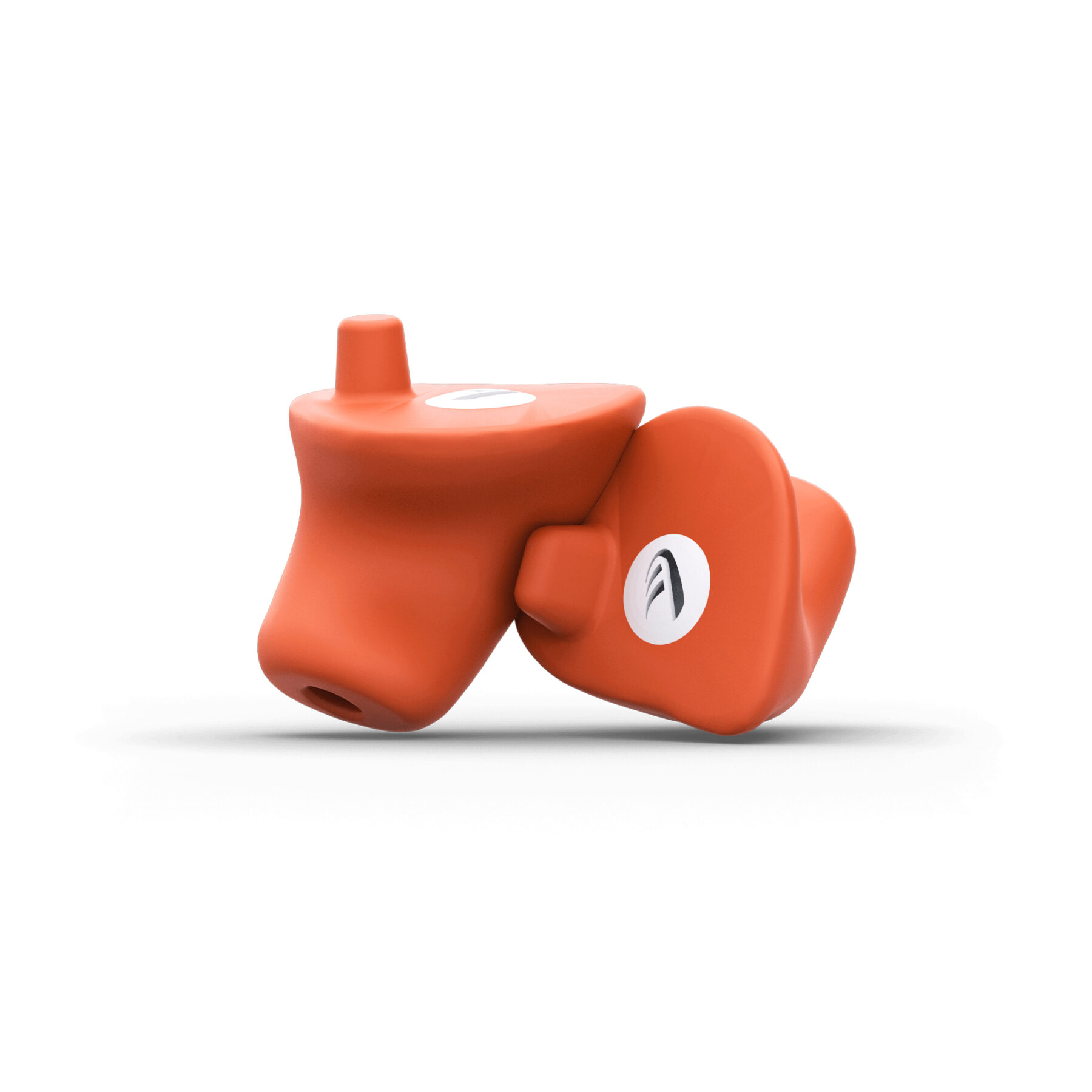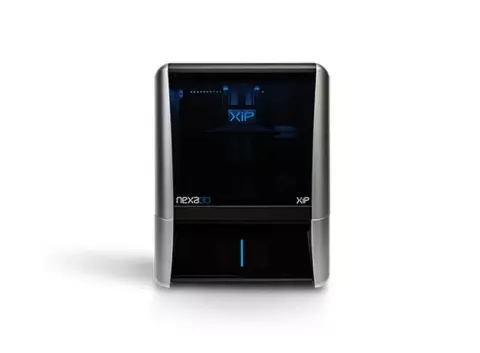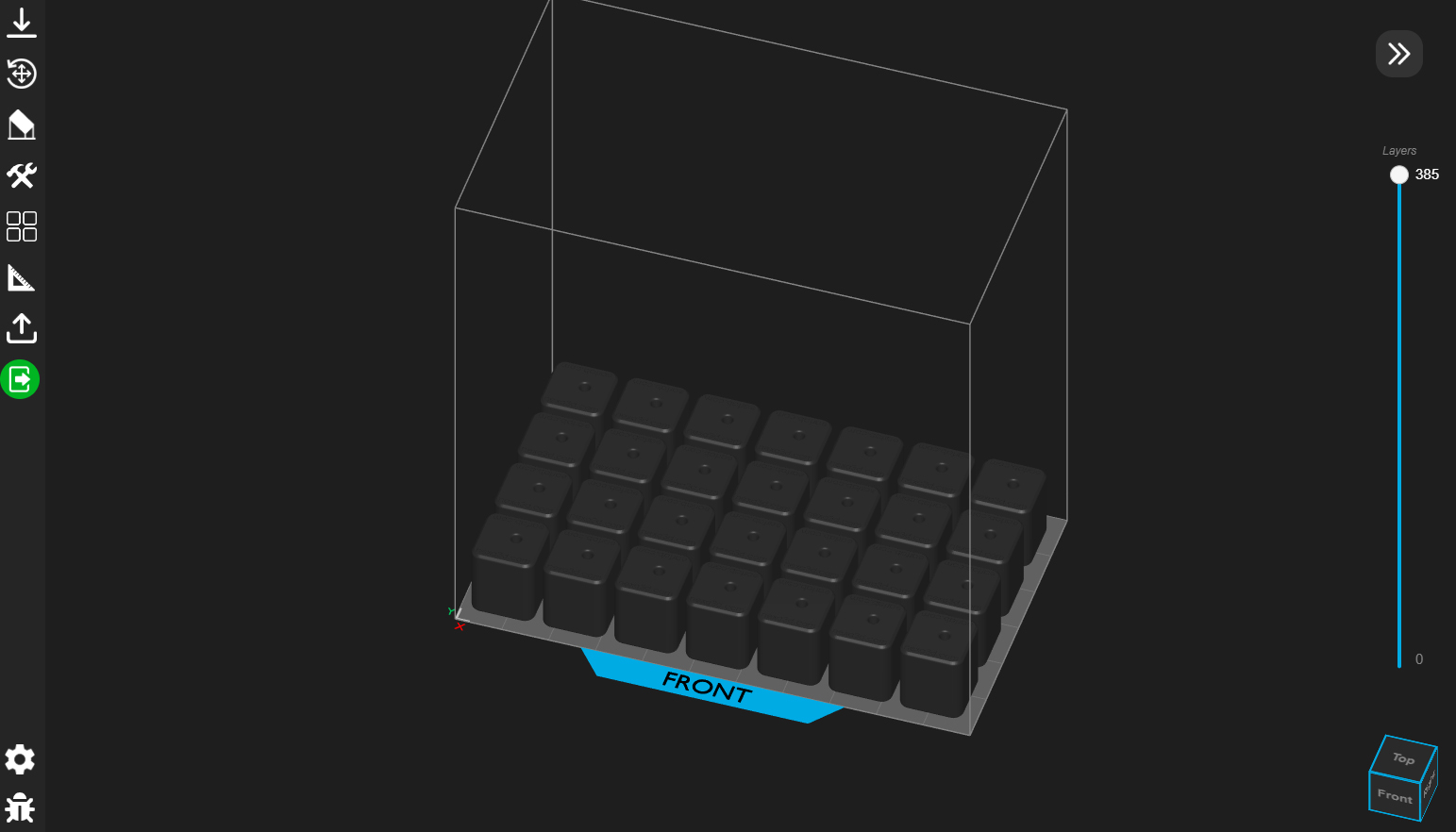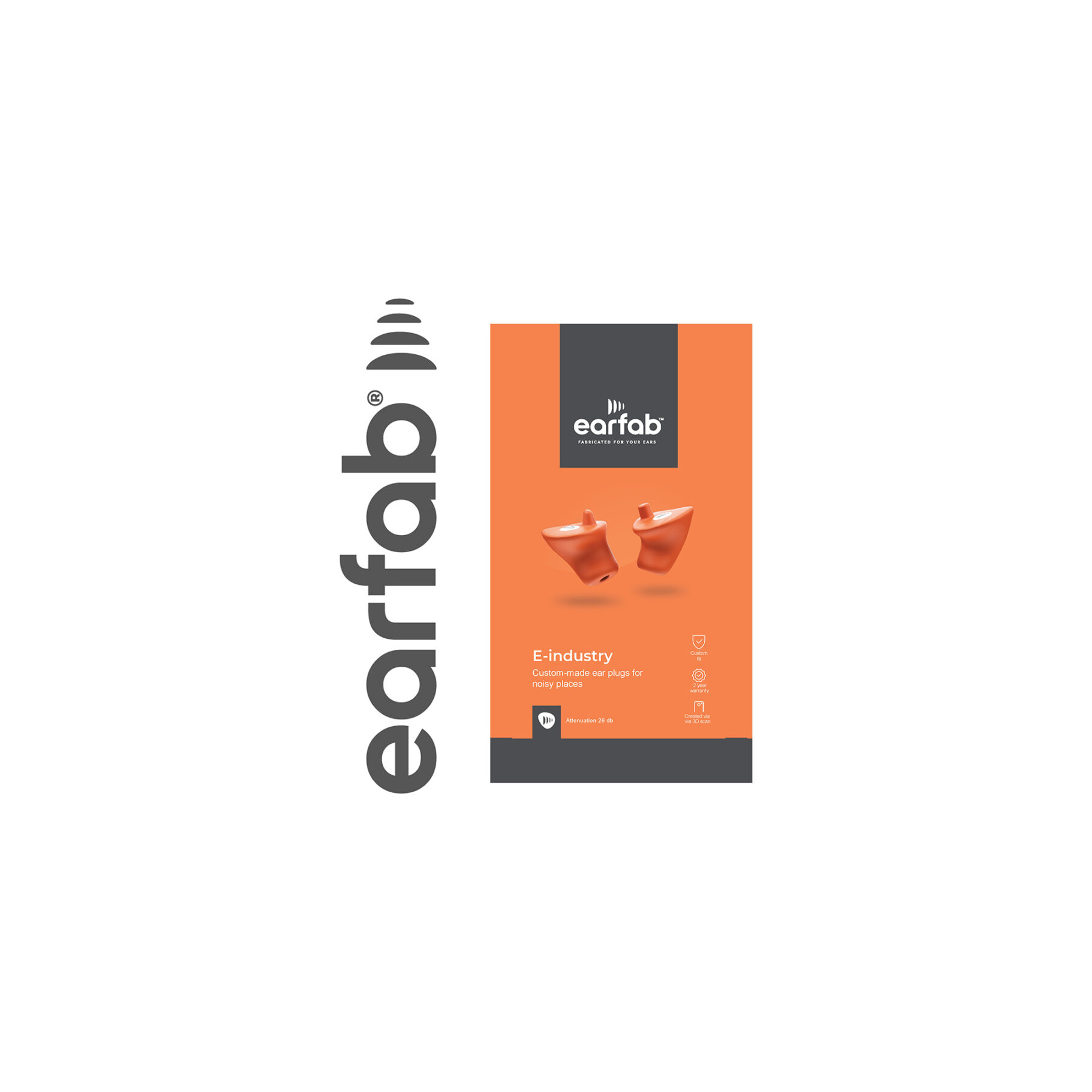From Scan to 3D Printed Tooling in 40 Minutes
Company uses 3D printed tools and ultrafast desktop resin 3D printing to deliver custom earplugs to its customers
The use of custom-made earplugs is recommended by audiologists and safety departments for various medical, protection, and comfort-related reasons. Recommendations include preventing middle ear infections, hearing protection, better fit for hearing aids, in-ear monitors, and communication equipment. Blocking out external noise in production environments or during sleep, improving sound quality, and protecting the ears from infection while swimming are examples of comfort-related use cases for earplugs.
To ensure that earplugs work as intended and bring comfort to the user, audiologists and safety departments recommend that earplugs should be custom-made to fit the individual. The traditional customization process involves an audiologist capturing ear impressions by injecting wax into the ear canal. A manufacturer takes the wax mold and starts a quite long processing time before reaching the final product. Earfab has already changed the game, enabled by automated processes from capturing individual ear scans with the use of smartphones, and to manufacture at scale – with the help of ultrafast XiP desktop 3D printers and injection molding machines.

Challenge
Traditional approach is too costly and time consuming
The conventional process of ordering custom-made earplugs comes with certain limitations that can harm the user, extend production timelines, and increase the cost and delivery time of custom-made earplugs. A study conducted across the otolaryngology department of 2,050 medical institutions showed that 14.7% experienced secondary injuries caused by the physical ear impression process. In some cases, the physical impression process left residual material in the ear canal leading to infection or injury.
The production timelines extend from three to eight weeks, leading to an extended product delivery date. To greatly reduce the cost, production duration, and health-related challenges with custom-made earplugs, the earfab® team has developed a fully digitized process to optimize customization.
“XiP’s open material platform enabled us to explore diverse materials before choosing a biocompatible resin that is used for printing our custom tooling.”
Jesper Anderson, CEO at earfab®

Customer
earfab®
Industry
Medical Devices / Healthcare
Products
- XiP Desktop 3D Printer
- Open Source Custom Resin
Application
Mass Customization / Final Production
Advantages
- XiP’s open platform enables custom print profiles for third party resins
- Ability to produce 28 unique and complex molds in just 40 minutes on a single printer
- Ability to inject standard medical grade molding materials into a 3D printed tool using conventional injection molding press
- Mass customization with a fully scalable process


Solution
Digital ear scans coupled with open source resin 3D printing to print custom tooling
To address the health and safety challenges associated with capturing ear impressions for in-ear products, earfab® introduced earfabSCAN. The earfabSCAN app digitalizes the ear impression-capturing process through the application of 3D scanning technology. The application leverages the smartphone cameras (iPhone X Series, 11 Series, and 12 Series for now – more to follow later in 2023). Through the earfabSCAN app, customers capture digital ear scans, including the ear’s internal physical geometries, to generate custom digital ear impressions.
Earfab’s innovative digitalization of the ear impression-capturing process using the intuitive earfabSCAN app both eliminates logistical challenges and reduce costs. End-users no longer need to physically visit the audiologist because accurate impressions can now be captured from the comfort of their home and via cloud based transfer move directly into manufacturing at one of earfab’s distributed manufacturing locations.
To optimize the manufacturing process, earfab selected a fleet of XiP 3D printers coupled with a specialized resin to print the tools before injecting their medical grade TPE. Because of the open platform nature of the XiP printer, the earfab® team was able to qualify its third-party biocompatible resin formulation that is compatible with medical-grade TPE in order to produce custom-made earplugs using customer specific anatomies.
“XiP works really fast, like nothing we have ever seen anywhere on the market and at the same time offers high precision prints which is crucial in the in-ear industry.”
Jesper Anderson, CEO at earfab®

Benefit
Scaled mass customization capable of producing up to 10,000 earplugs per week
Digitalizing the manufacturing of in-ear products using the earfabSCAN app and XiP 3D printers combined with regular injection molding has enabled earfab to successfully scale the production and reduce manufacturing costs. The earfabSCAN app allows customers to capture ear impressions and send them for manufacturing in just two minutes. Compared to the hours spent commuting to the audiologist, preparing wax, and capturing impressions, the digitalized process is seamless, quick, and safe.
Combining a state-of-the-art 3D scanning technology process with the reliability of XiP 3D printers and injection molding allows earfab® to scale their manufacturing process quickly and efficiently. The team expects to be able to produce as many as 10,000 sets of custom earplugs per week within 2023 and will be able to scale this to a much greater number when needed. The digitalization process also leads to considerable cost savings. Today, earfab’s custom manufacturing technique reduces production costs significantly and reduces delivery times up to 80%. This provides the average customer with access to high-quality, custom-made in-ear products at affordable prices with delivery within a week regardless of amount of orders.

